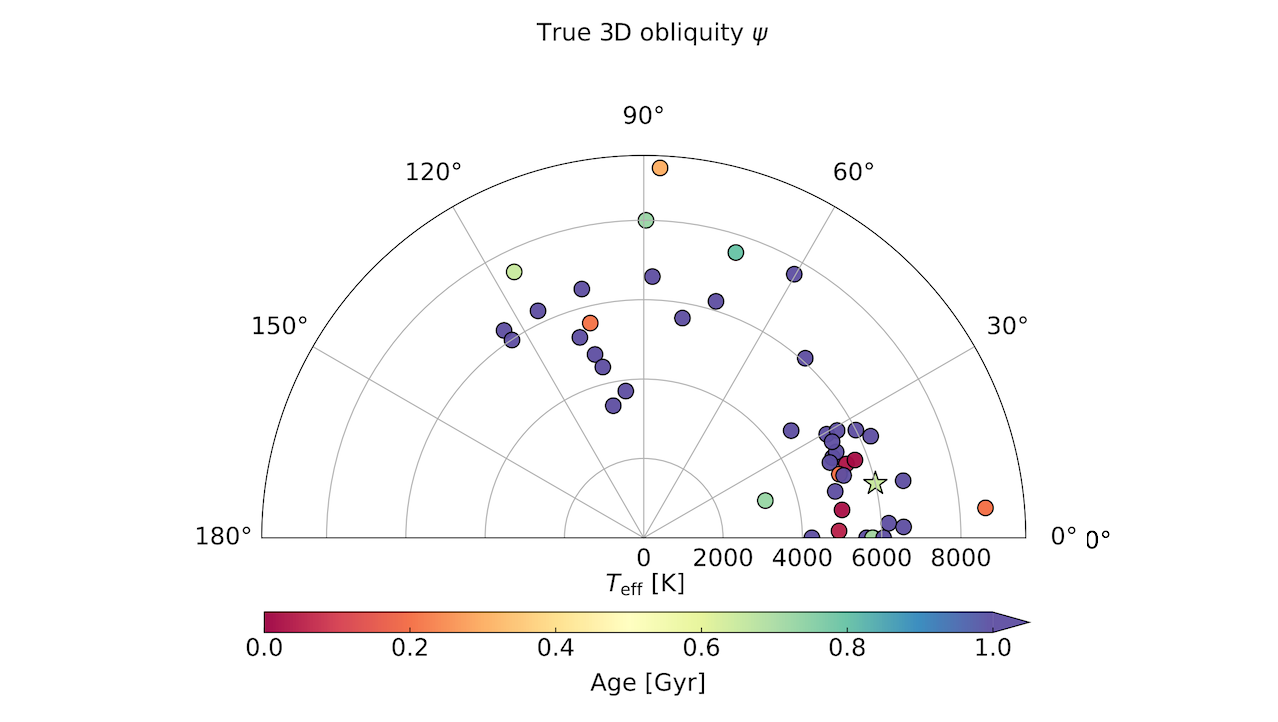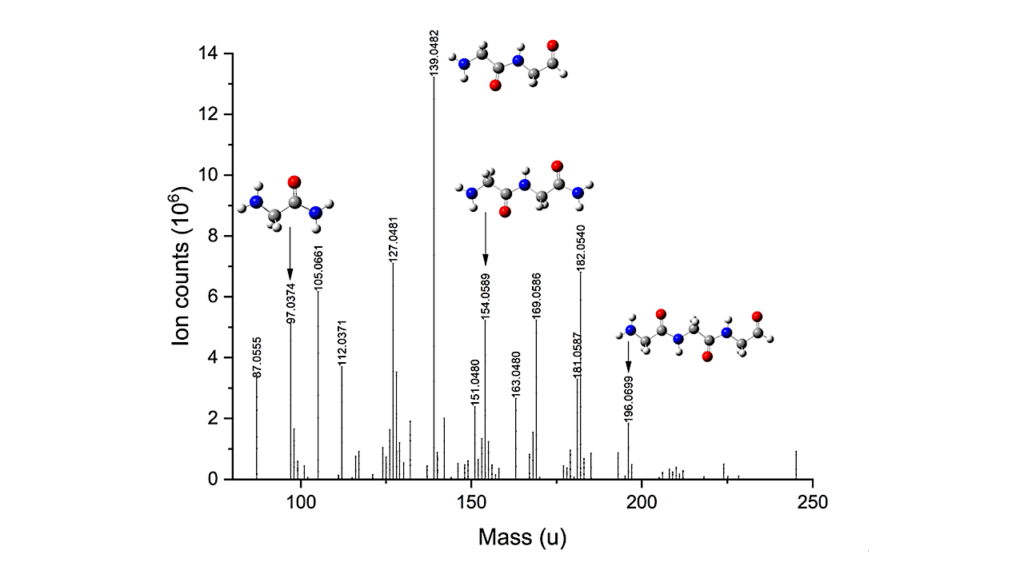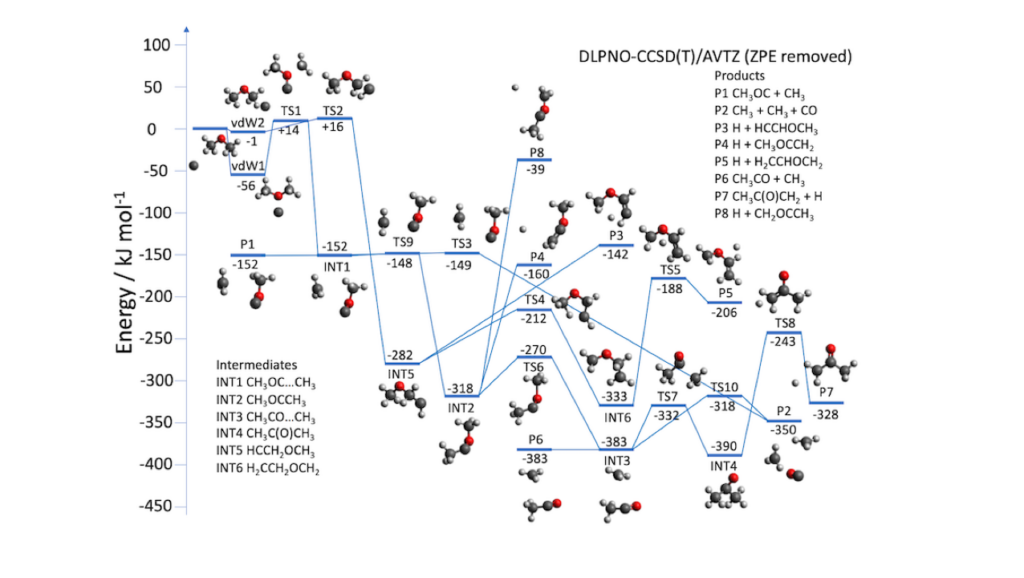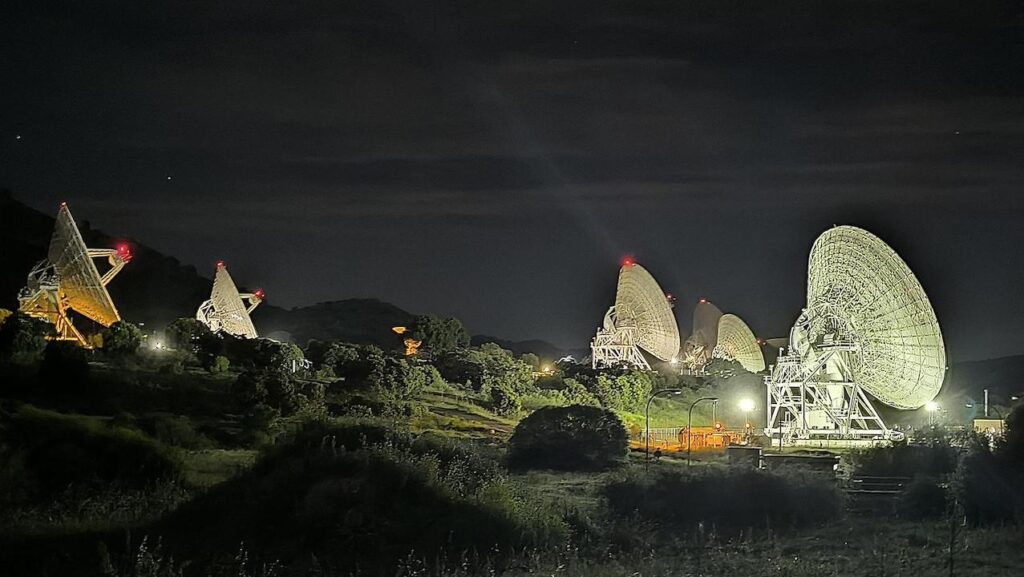Orbital Obliquity of the Young Planet TOI-5398 b and the Evolutionary History of the System

Multi-planet systems exhibit remarkable architectural diversity. However, short-period giant planets are typically isolated. Compact systems like TOI-5398, with an outer close-orbit giant and an inner small-size planet, are rare among systems containing short-period giants.
TOI-5398’s unusual architecture coupled with its young age (650 ± 150 Myr) make it a promising system for measuring the original obliquity between the orbital axis of the giant and the stellar spin axis in order to gain insight into its formation and orbital migration. We collected in-transit (plus suitable off-transit) observations of TOI-5398 b with HARPS-N at TNG on March 25, 2023, obtaining high-precision radial velocity time series that allowed us to measure the Rossiter-McLaughlin (RM) effect.
By modelling the RM effect, we obtained a sky-projected obliquity of λ=3.0+6.8−4.2 deg for TOI-5398 b, consistent with the planet being aligned. With knowledge of the stellar rotation period, we estimated the true 3D obliquity, finding ψ=(13.2±8.2) deg. Based on theoretical considerations, the orientation we measure is unaffected by tidal effects, offering a direct diagnostic for understanding the formation path of this planetary system.
The orbital characteristics of TOI-5398, with its compact architecture, eccentricity consistent with circular orbits, and hints of orbital alignment, appear more compatible with the disc-driven migration scenario. TOI-5398, with its relative youth (compared with similar compact systems) and exceptional suitability for transmission spectroscopy studies, presents an outstanding opportunity to establish a benchmark for exploring the disc-driven migration model.
G. Mantovan, L. Malavolta, D. Locci, D. Polychroni, D. Turrini, A. Maggio, S. Desidera, R. Spinelli, S. Benatti, G. Piotto, A. F. Lanza, F. Marzari, A. Sozzetti, M. Damasso, D. Nardiello, L. Cabona, M. D’Arpa, G. Guilluy, L. Mancini, G. Micela, V. Nascimbeni, T. Zingales
Comments: Accepted for publication in Astronomy & Astrophysics on 30/03/2024. Electronic material (spectroscopic time series, table A1) will soon be available on the CDS or upon request to the first author. 10 pages, 9 figures, and 3 tables
Subjects: Earth and Planetary Astrophysics (astro-ph.EP)
Cite as: arXiv:2404.02969 [astro-ph.EP] (or arXiv:2404.02969v1 [astro-ph.EP] for this version)
Submission history
From: Giacomo Mantovan
[v1] Wed, 3 Apr 2024 18:00:09 UTC (9,730 KB)
https://arxiv.org/abs/2404.02969
Astrobiology,








